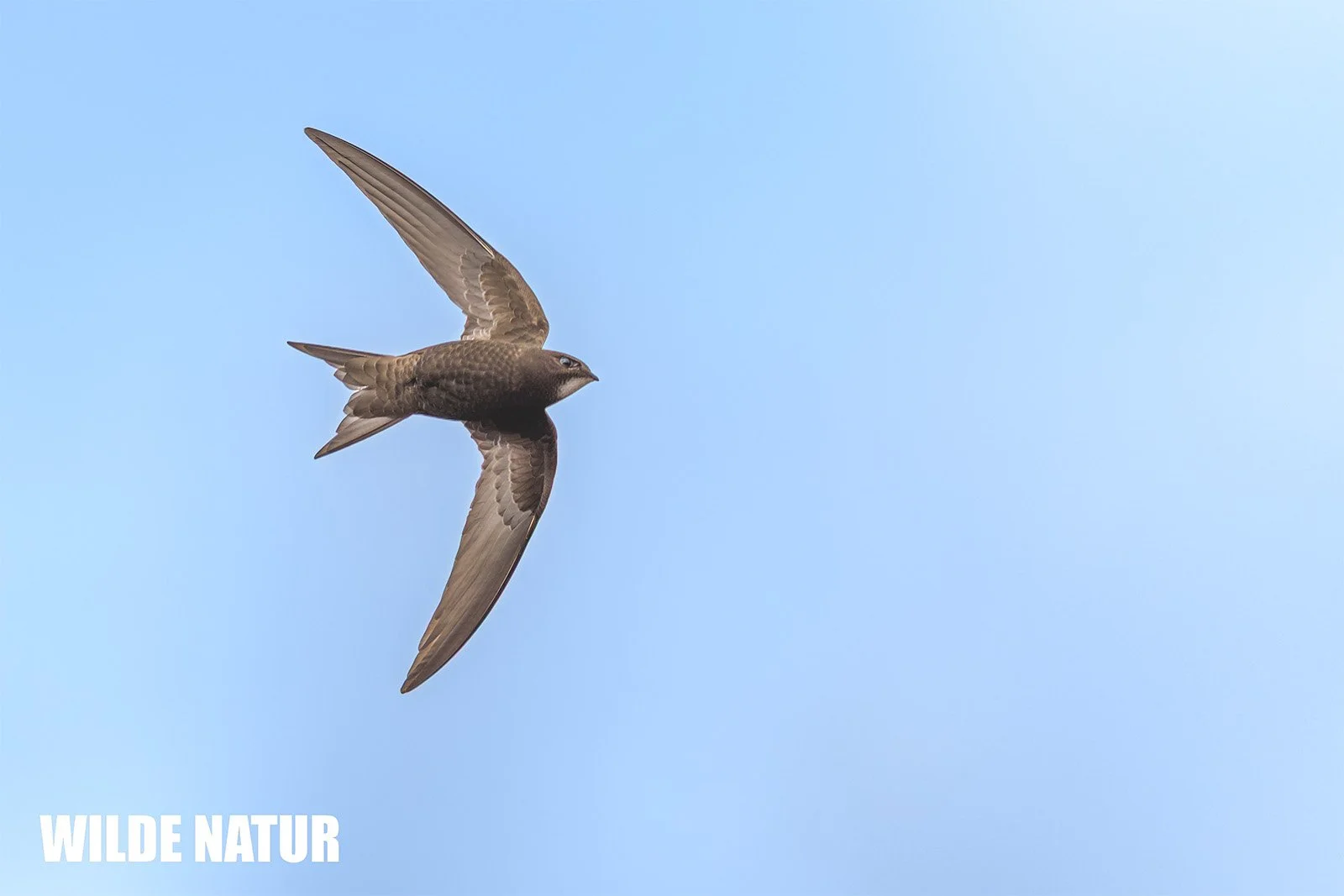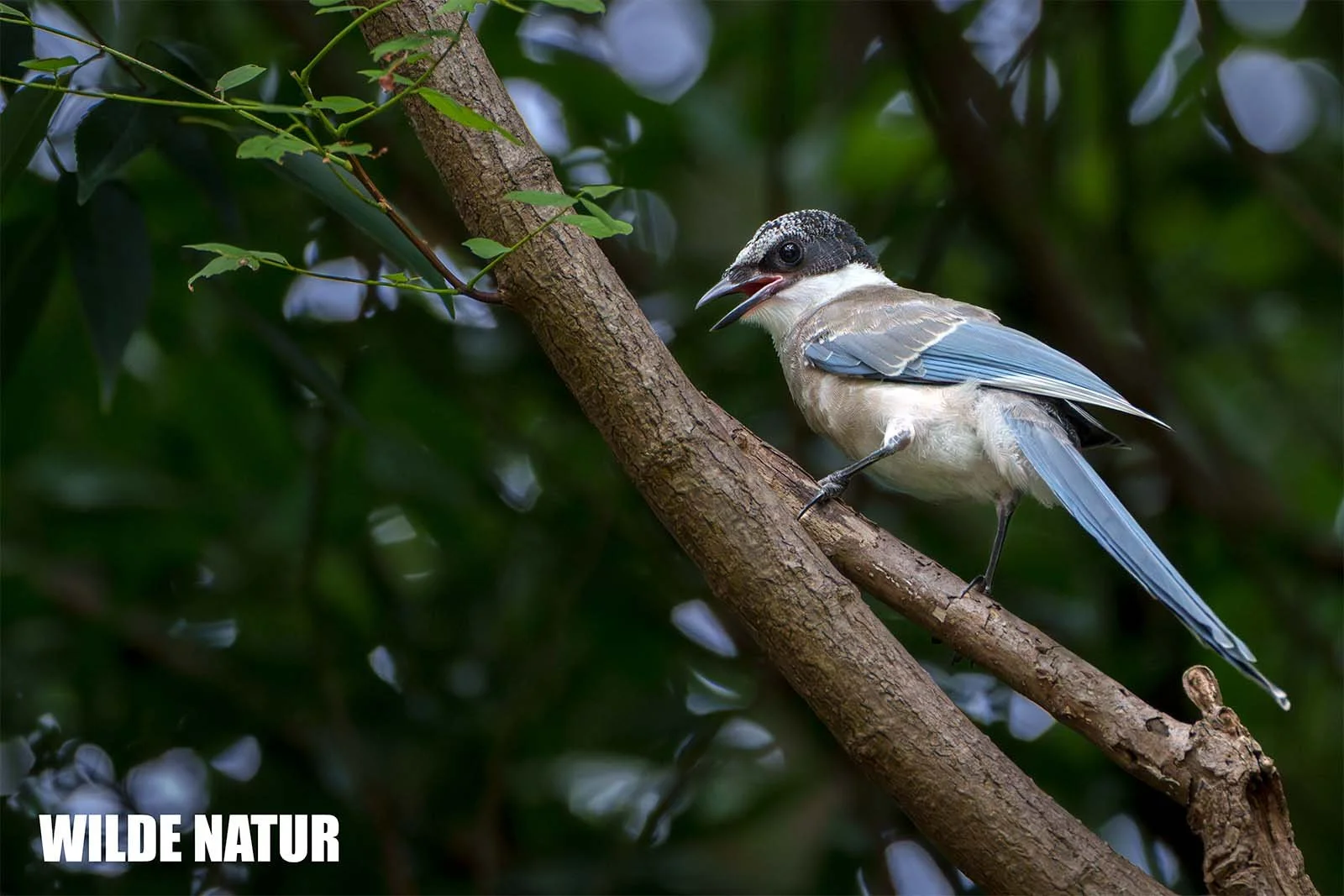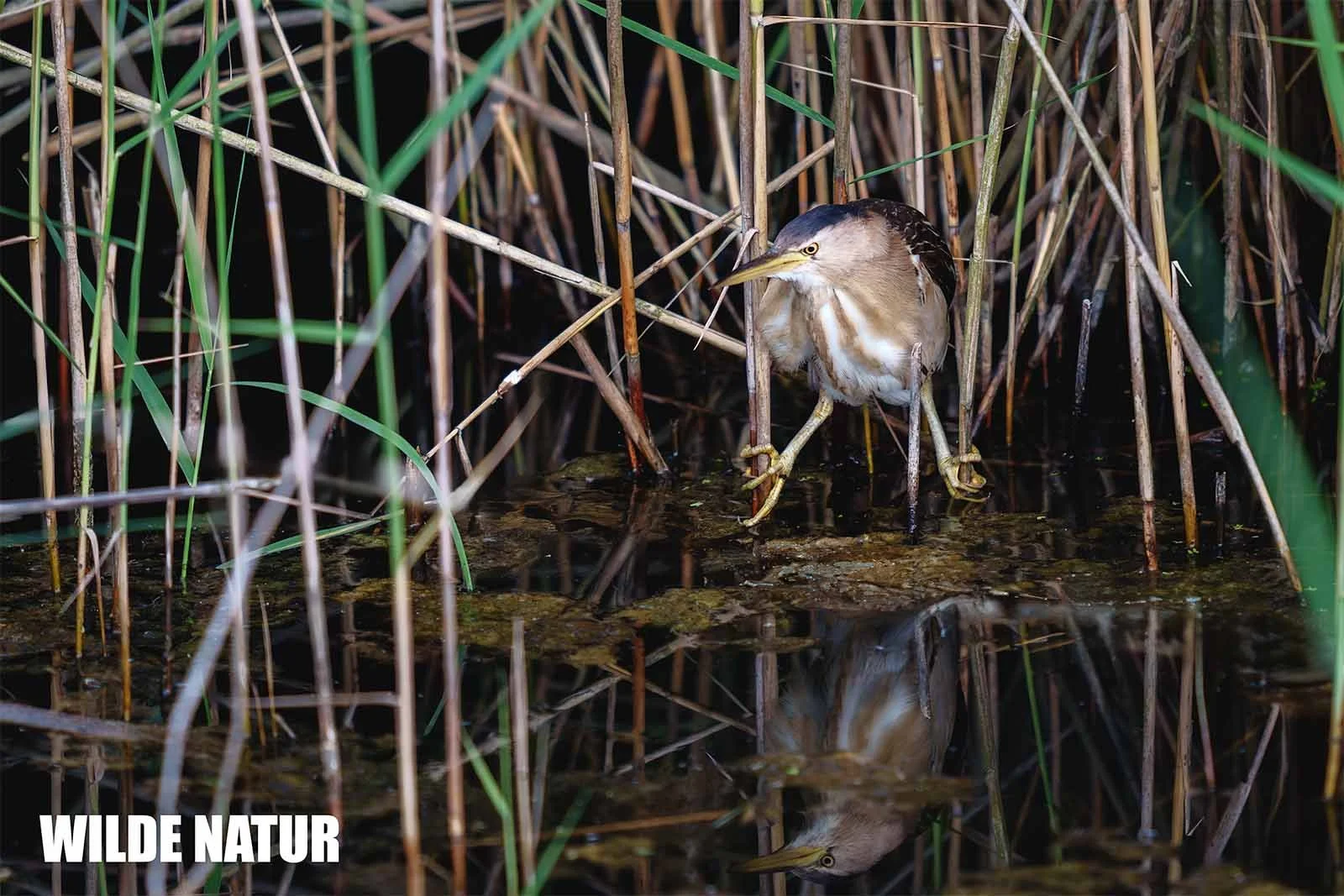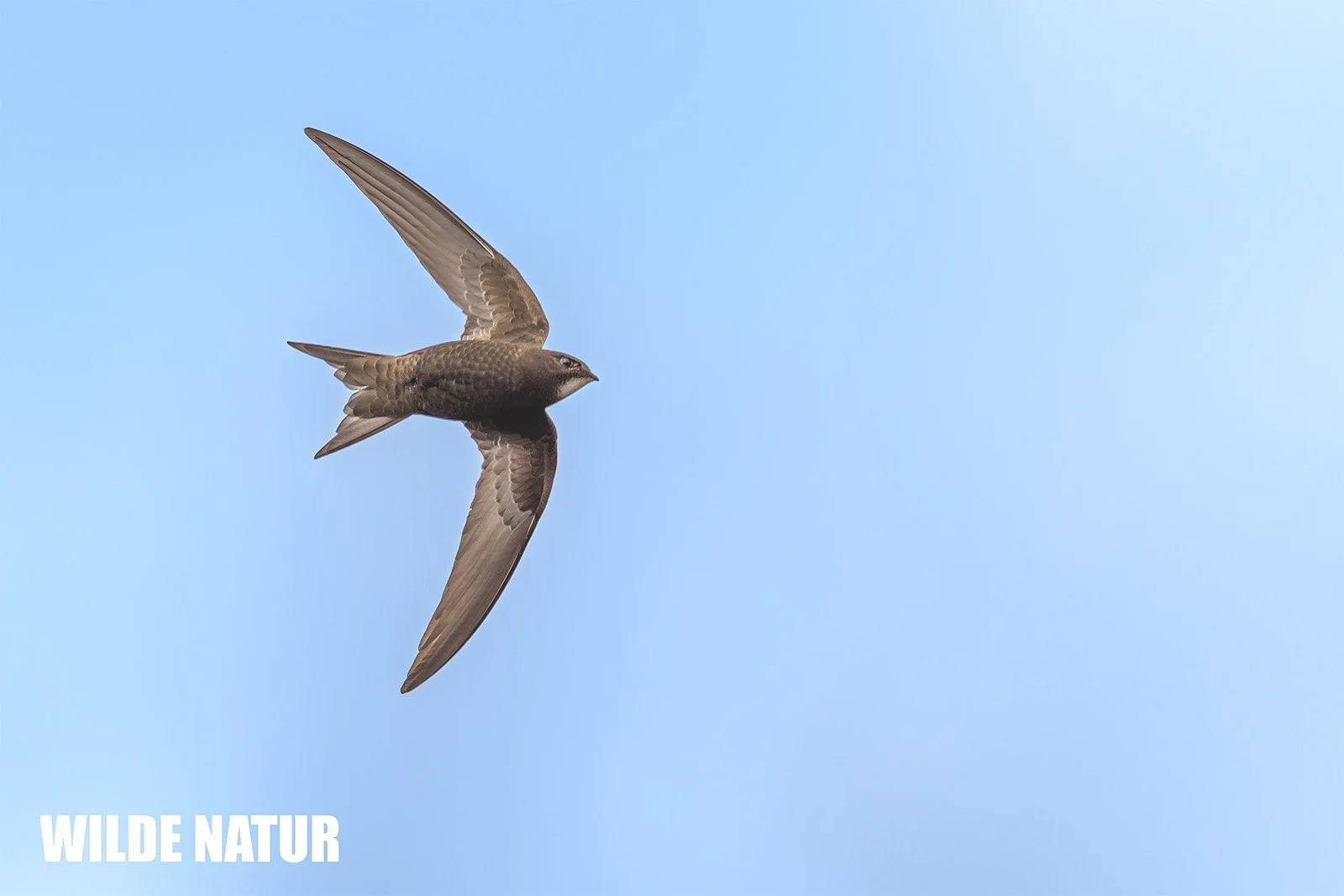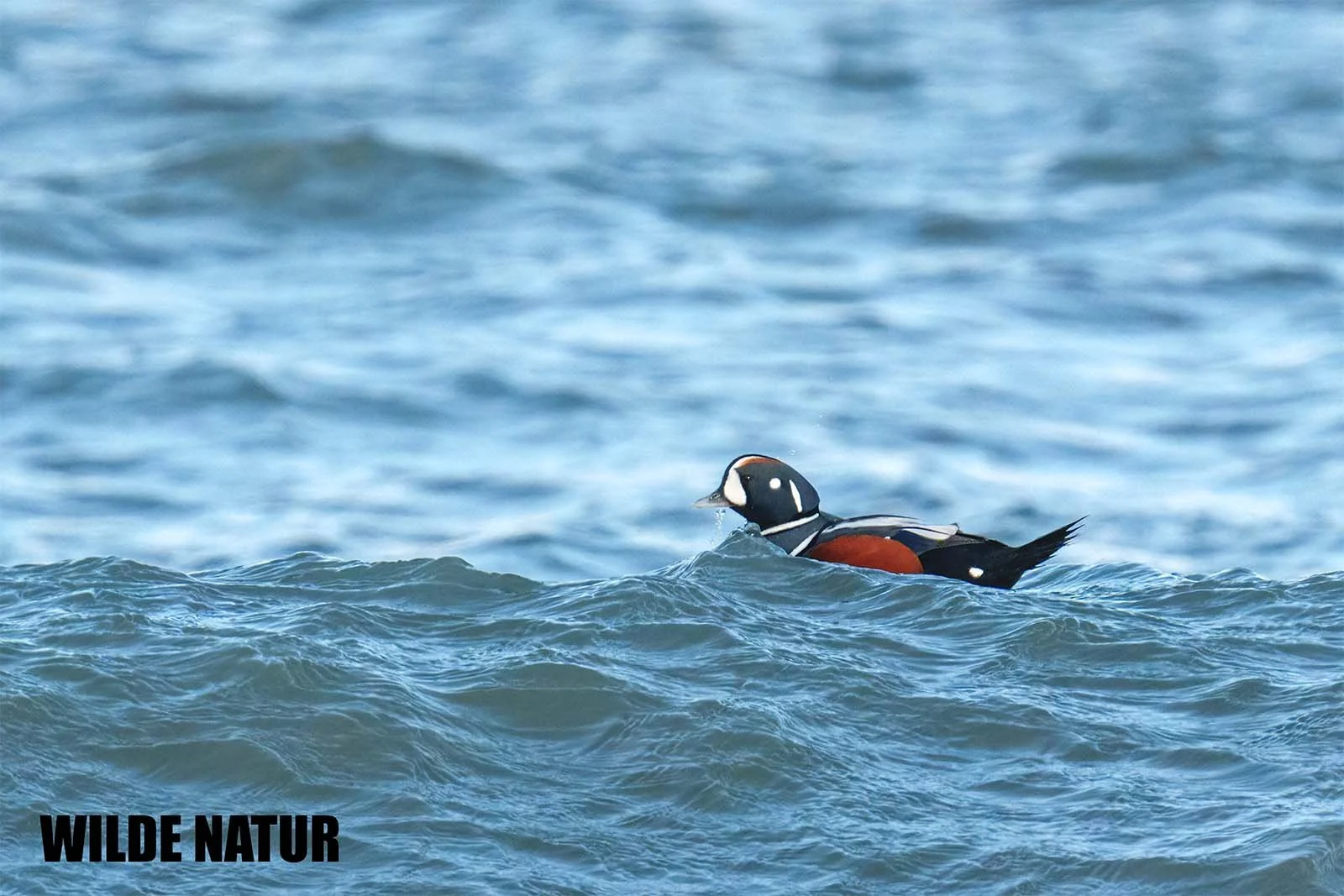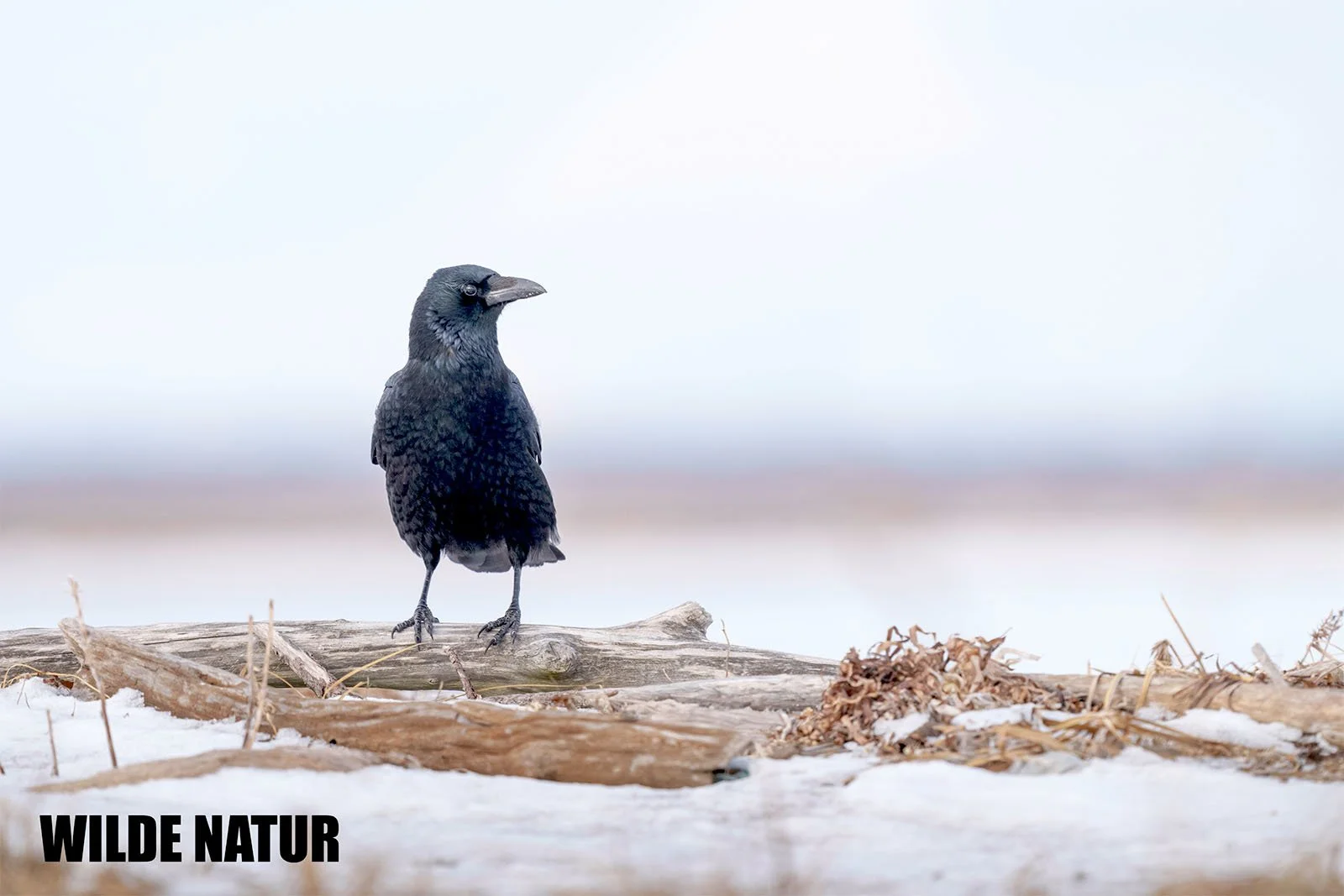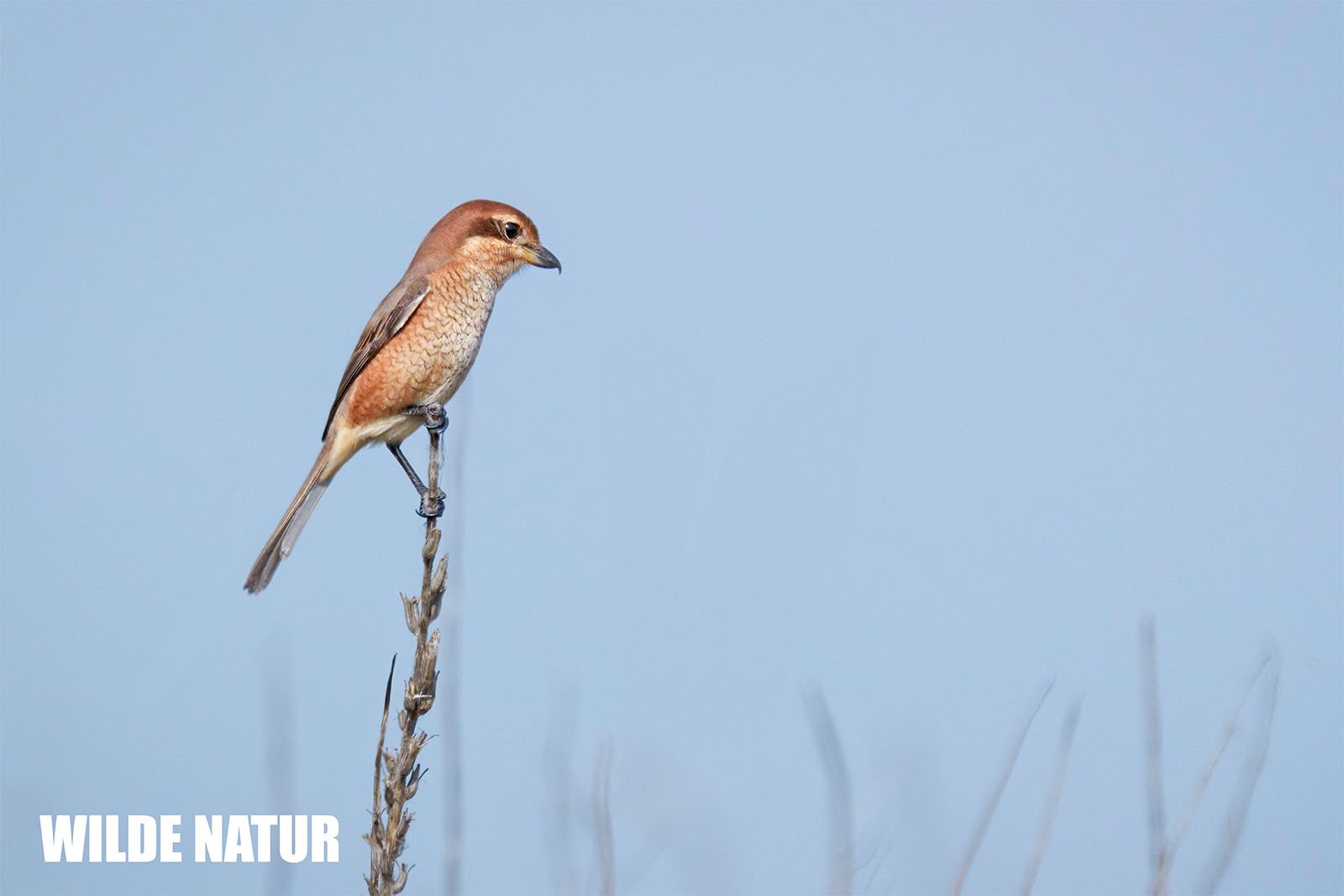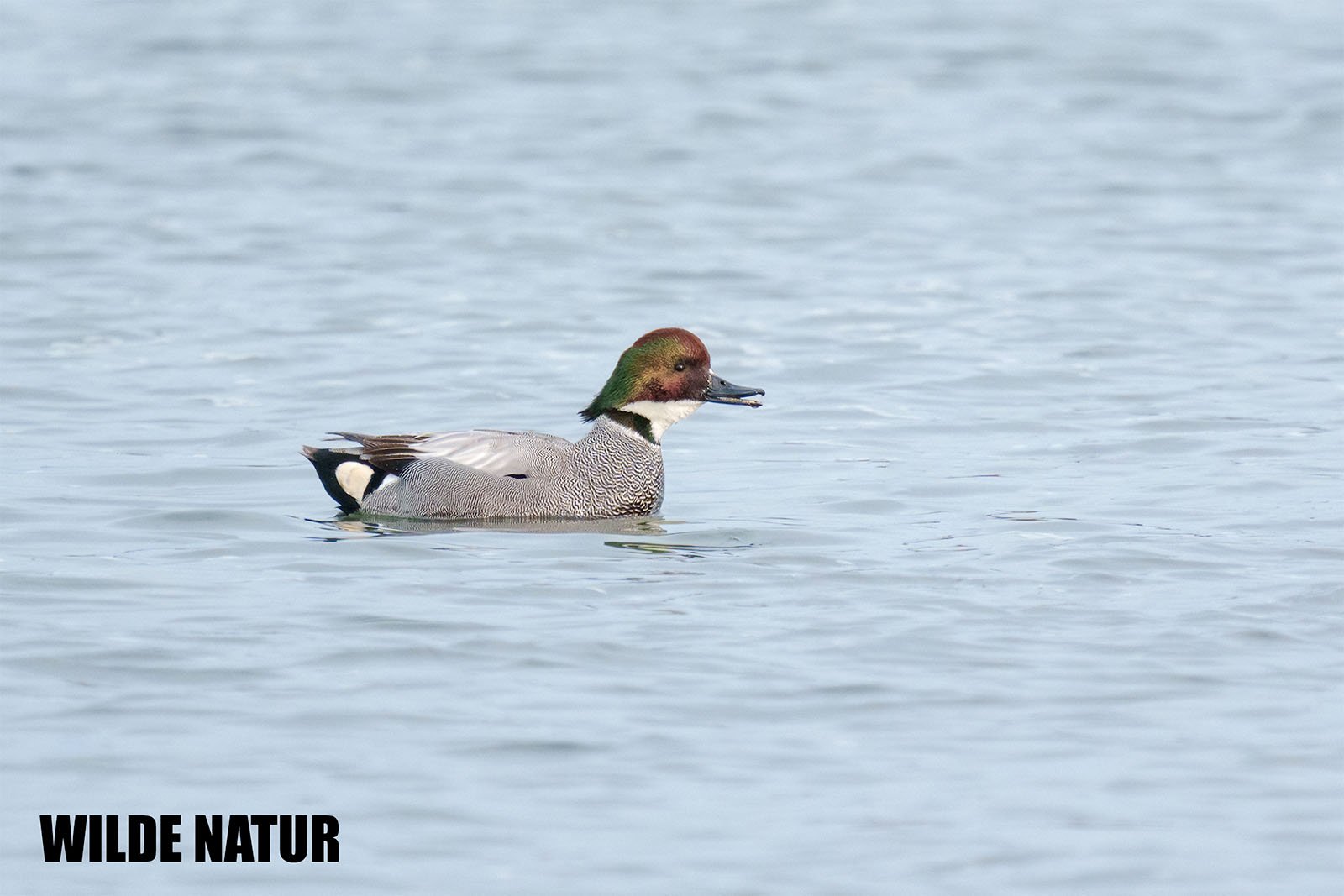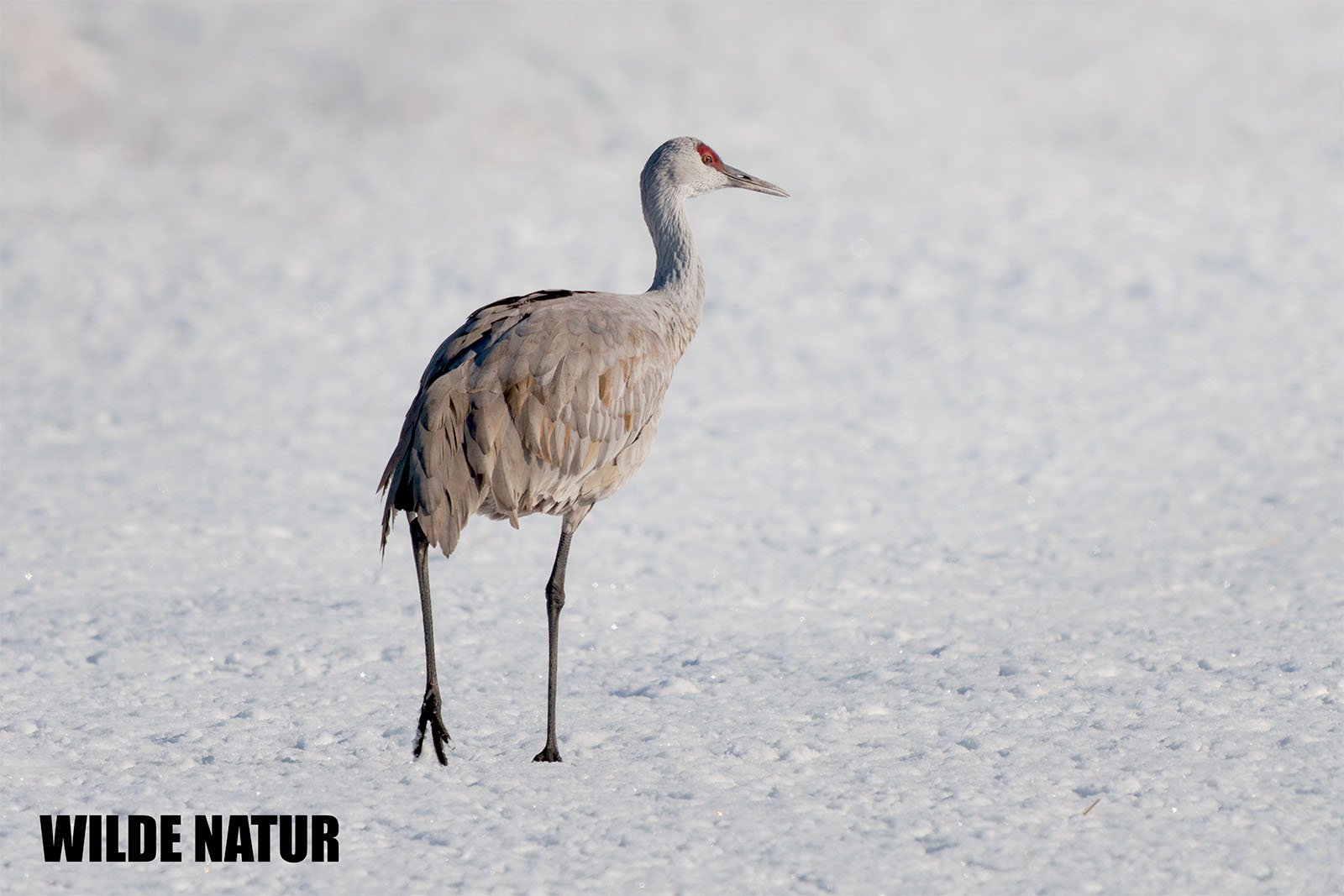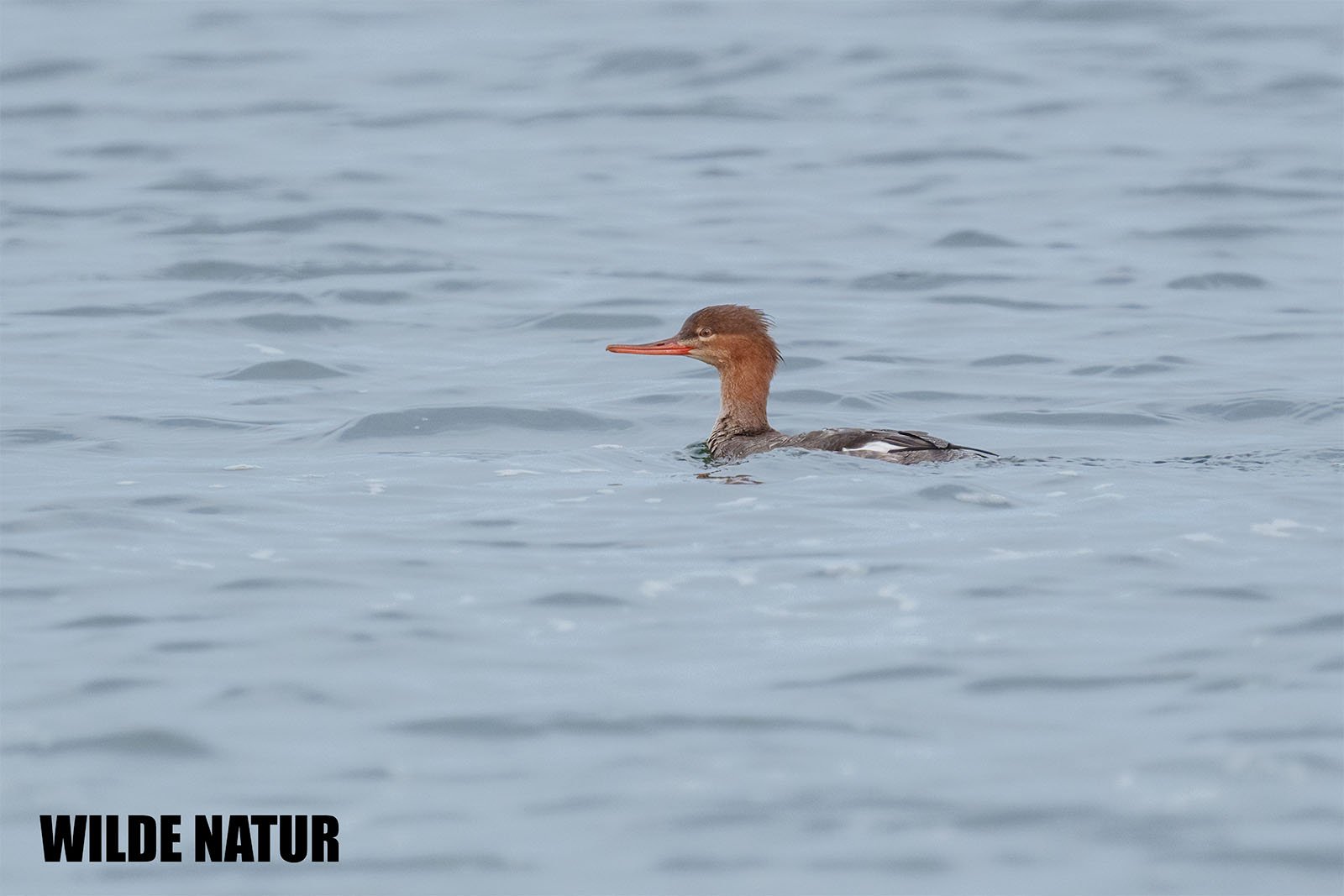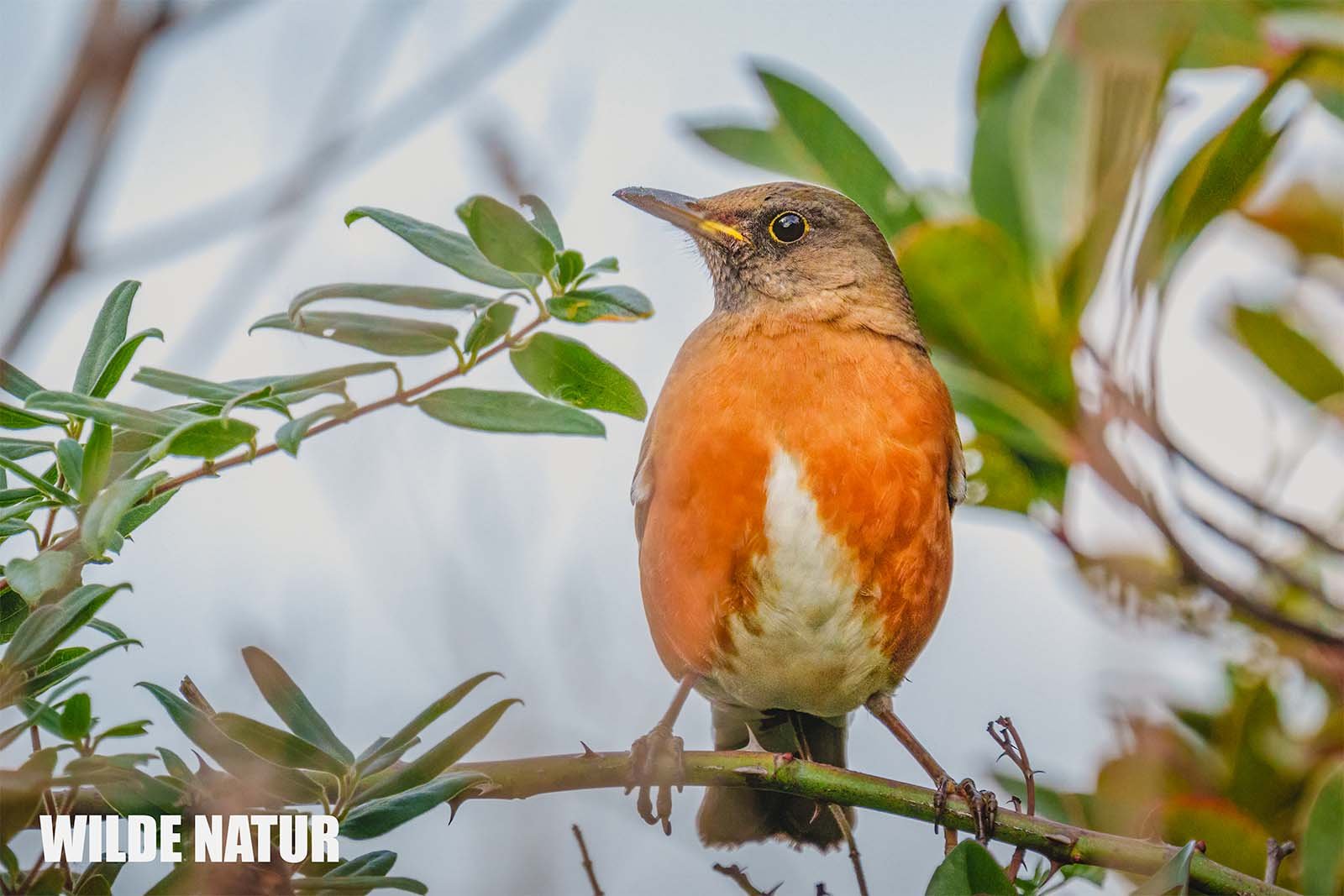Common swift (Apus apus)
Common swift (Apus apus)
Common Swift – The Bird That Calls the Sky Home
The common swift hunts, sleeps, and lives almost entirely in the air. Discover more about this aerial master with its sickle-shaped wings and astonishing airborne habits.
- Lifestyle: Almost entirely airborne – even sleeps and mates in flight
- Diet: Tiny insects and spiders – caught while flying
- Migratory bird: Winters south of the Sahara, returns in spring
- Habitat: Building crevices in cities, occasionally tree hollows
- Reproduction: Aerial acrobatics during mating, nests built with saliva
- Appearance: Dark plumage, pale throat patch, narrow, curved wings
Key Facts
- Species: Apus apus
- Size: Around 18 cm
- Weight: About 40 g – an aerodynamic lightweight
- Diet: Airborne insects and spiders – known as “aerial plankton”
- Migration: Winters in Africa, returns in May
- Distribution: Mainly urban areas in Central Europe
- Special trait: Spends almost the entire year in the air
- Nesting sites: Building ledges, rarely old tree hollows
Table of Contents
- Introduction
- Size and Weight
- Diet
- Seasons and Migration
- Habitat
- Reproduction
- Appearance and Plumage
- Practical Tips: Watching Swifts
- FAQ – Common Questions About the Swift
- Final Thoughts
Introduction
The common swift doesn’t merely fly through the sky – it lives in it. While other birds land, the swift keeps moving. Sleeping, hunting, courting – all of it happens mid-air. If you hear loud calls overhead in summer, chances are it’s this aerial specialist swooping over rooftops. But its visit is brief – autumn sees it return to Africa.
Size and Weight
At around 18 centimeters in length and weighing barely more than 40 grams, the swift is a true lightweight. Its long, narrow wings make it a natural wind cutter – perfectly built for a life in constant flight.
Diet
Its diet consists solely of what the air provides: tiny insects and spiders caught with its beak wide open. Experts jokingly refer to this as “aerial plankton.” The swift skillfully filters this from the atmosphere – like a fish swimming through the sky.
Seasons and Migration
When Central Europe turns cold, the swift embarks on its journey to distant Africa. There it spends the winter months, returning to European skies by May. This migration is a marathon – covering thousands of kilometers with hardly a stop.
Habitat
Urban environments are where swifts feel at home. Crevices in buildings and roof overhangs serve as nesting sites. In forested areas like the Harz, colonies have been found nesting in tree hollows – a rare exception to their typical urban preferences.
Reproduction
Mating takes place high up in the sky – a flying spectacle. Both partners collect nesting materials while in flight. Glued together with saliva, the nest becomes a small, protected home tucked into wall gaps or under roof tiles.
Appearance and Plumage
Its plumage ranges from dark brown to black, with a pale spot on the throat. The curved wings resemble a scythe. Though often mistaken for swallows, swifts are not closely related. Juveniles can be recognized by their duller colors and lighter feather edges.
Practical Tips: Watching Swifts
1. Summer skies:
On warm evenings, swifts dart through the city in agile flocks – a stunning visual and acoustic display.
2. Rooftop residences:
If you spot swifts flying in and out under a protruding roof, there's likely a nest. Observe from a distance to avoid disturbing them.
3. Harz specialists:
In parts of the Harz, conservationists lead tours through protected areas where rare tree-nesting swifts can be observed – a unique sight in German-speaking regions.
FAQ – Common Questions About the Swift
How long do swifts stay with us?
Usually from early May through August – then they begin their journey back to Africa.
How can you recognize them in flight?
By their fast, gliding flight, curved wings, and distinctive calls.
Do they really sleep while flying?
Yes – they can doze briefly while gliding. Recent studies confirm this ability.
Are they related to swallows?
Despite their similar appearance, no. They belong to a different bird order.
What should I do if I find a swift on the ground?
It likely needs help taking off. Gently place it in an elevated outdoor spot and keep your distance.
Final Thoughts
The common swift is no ordinary bird – it’s a sky dweller with its own rhythm. Watch it soar, and you’ll see: for this bird, flying isn’t just a way to get around – it’s a way of life. Its call signals the arrival of summer – and with it, a touch of lightness.

